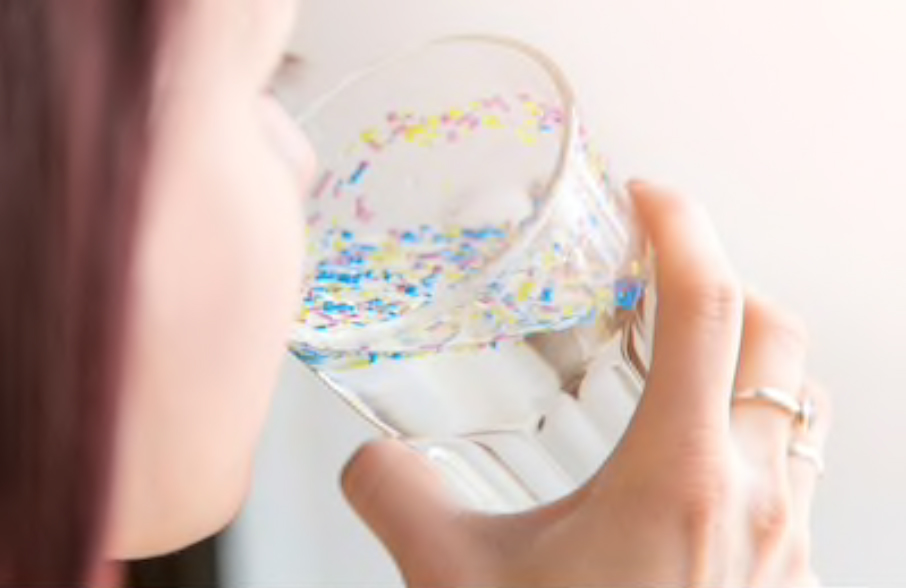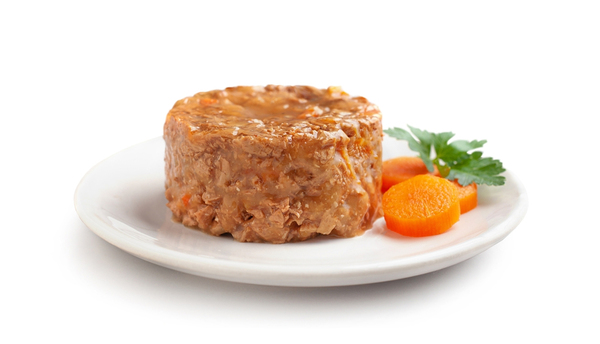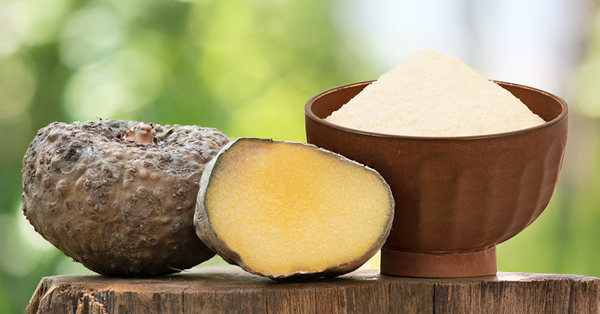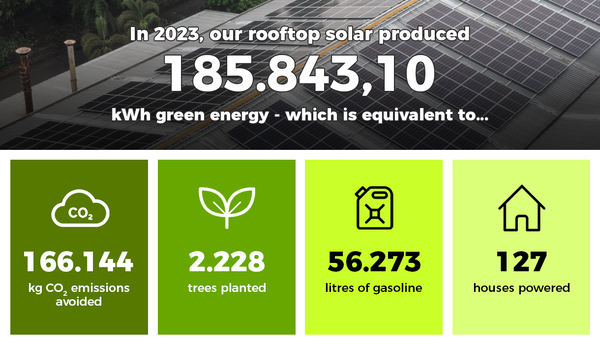
Plastic litters marine environment with estimates pointing to more than 5 trillion plastic debris (over 250.000 tons) afloat at sea(1). Plastic doesn’t decompose, it just turns into smaller pieces of plastic, called microplastic. Microplastic is defined as a heterogenous mixture of differently shaped materials referred to as fragments, fibers, spheroids, granules, flakes or beads, in the range of 01-5000 µm(2).
In the last few years, the issue of microplastic gained special concern because the negative impact in marine species as well as human health. Microplastic also acts as vehicles for chemicals such as alkylphenols, bisphenol and phthalate(3). It’s not only dangerous to people who consumed high intake of seafood (fish, shrimp, etc.), but microplastic are likely to find on other sources than the food itself, such as processing aids, water, air, machinery, equipment and textiles(2).
Studies showed that microplastic doesn’t only occurred in seafood, but also in honey, beer and table salt. Most of honey samples from Germany were found to contain colored fibers and fragments, ranged from 0.04/g to 0.66/g(1). Barboza et al. summarized the studies reporting the occurrence of microplastics in shellfish and fish of commercial interest as food, which can be seen here.
No one can avoid these microplastics but everyone is responsible to prevent this from getting any worse. Individual awareness is needed to reduce, reuse and recycle the use of plastic. Many people and communities are starting to fight against plastic, by reducing the use of bottle water, replacing the use of plastic to eco-friendly material, avoiding to buy products with microbeads, participating in beach or river cleanup, and many more.
Java Biocolloid started by reducing the consumption of single-use plastics, replacing the packaging with eco-sustainable materials, shifting the use of plastic sacks with jute bags in the cultivation areas. Another important thing done by Java Biocolloid is the meticulous control of the processing steps to guarantee microplastic-free products.
Citation:
1. Barboza, L. G. A., B. R. B. O. Lavorante, A. D. Vethaak, A. Lundebye. 2018. Marine Microplasic Debris: An Emerging Issue for Food Security, Food Safety and Human Health. J.marpolbul.2018.05.047
2. EFSA publication (2016). Statement on the presence of microplastics and nanoplastics in food, with particular focus on seafood. Parma, Italy: Europen Food Safety Authority. The EFSA Journal, No. 4501, Vol.. 14(6)
3. Gallo, F., C. Fossi, R. Weber, D. Santillo, J. Sousa, I. Ingram, A. Nadal, D. Romano. 2018. Marine Litter Plastics and Microplastics and Their Toxic Chemicals Components: The Need of Urgent Preventive Measures. Environ Sci Eur (2018) 30:13











